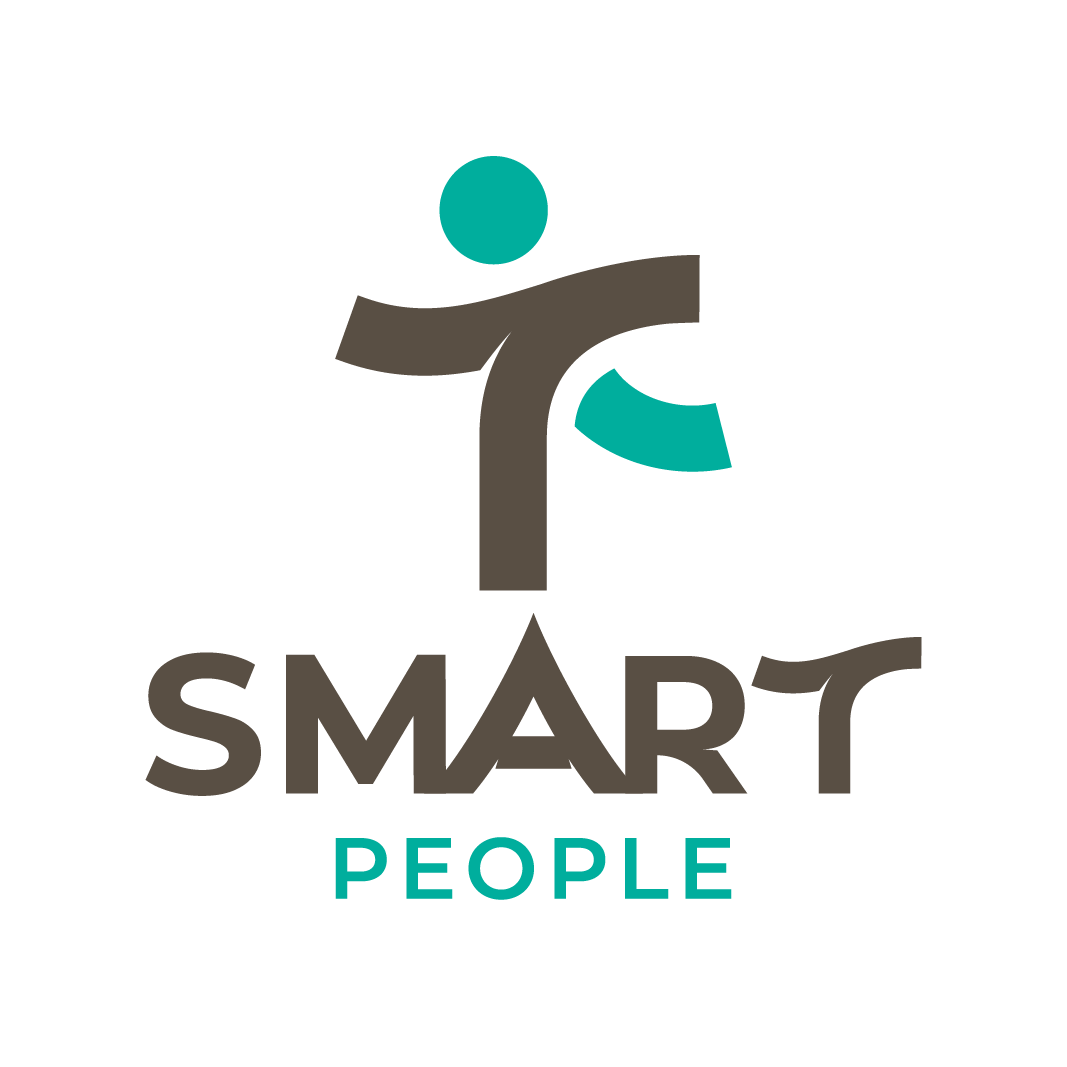SMART CITY
A modern city utilizes smart technology and innovation to enhance service efficiency, reduce costs, and promote sustainability while prioritizing good design and collaboration between the public and private sectors for the development of a livable, happy, and sustainable environment.
Data on access to educational institutions and public health services provided by the government in the jurisdictional area of Phichit Province for early childhood
The dashboard displays spatial data of children aged 0-6 years who have undergone developmental screening using DSPM in state healthcare facilities (HDC system, year 2565 B.E.) and their access to education in the jurisdictional area of Phichit Province (Exchange system, year 2566 B.E.) under the data collection of the Ministry of Education and the Ministry of Public Health, with the results of the developmental screening of early childhood are divided into three groups: typical development, atypical development, and unclear or missing screening results. The data presented on this dashboard illustrate the spatial distribution of early childhood according to the educational institutions and healthcare facilities where children have undergone developmental screening in each district of Phichit Province. It enables verification of the healthcare facilities providing developmental screening services to preschool children from each educational institution or district. Additionally, it showcases the results of developmental screening for early childhood in each specific area within Phichit Province, including highlighting the differences in data quantity between the two systems, which may indicate data gaps or loss during the data collection process.
Data on access to educational institutions and public health services provided by the government in the jurisdictional area of Phichit Province for early childhood
The dashboard displays spatial data of children aged 0-6 years who have undergone developmental screening using DSPM in state healthcare facilities (HDC system, year 2565 B.E.) and their access to education in the jurisdictional area of Phichit Province (Exchange system, year 2566 B.E.) under the data collection of the Ministry of Education and the Ministry of Public Health, with the results of the developmental screening of early childhood are divided into three groups: typical development, atypical development, and unclear or missing screening results. The data presented on this dashboard illustrate the spatial distribution of early childhood according to the educational institutions and healthcare facilities where children have undergone developmental screening in each district of Phichit Province. It enables verification of the healthcare facilities providing developmental screening services to preschool children from each educational institution or district. Additionally, it showcases the results of developmental screening for early childhood in each specific area within Phichit Province, including highlighting the differences in data quantity between the two systems, which may indicate data gaps or loss during the data collection process.
The dashboard displays the developmental data of preschool children in Phichit province
Overview of the developmental situation in the early childhood group (ages 0-6 years) based on data from the Health Data Center (HDC), under the supervision of the Provincial Public Health Office in Phichit province. Dashboard 1 presents the results of developmental screening based on the Developmental Surveillance & Promotion Manual (DSPM) for children receiving services at affiliated healthcare facilities under the jurisdiction of the Ministry of Public Health in the Phichit province area. The screening is divided into five aspects: 1) Gross Motor Skills, 2) Fine Motor Skills and Cognition, 3) Language Comprehension, 4) Language Use, and 5) Self-Help and Socialization. It is presented in statistical format to allow provincial staff to check the service utilization in each healthcare facility and provide individualized developmental information for children in each aspect, without disclosing personal identities. This enables staff to examine the details of the healthcare service situation for the early childhood group at each healthcare facility while protecting the personal data of data owners. The aforementioned dashboard presents additional vulnerability information for early childhood in three aspects: 1) Receipt of support funds for caring for newborns from the Department of Children and Youth, 2) Births in women under the age of 20, and 3) Incidence of birth asphyxia. This helps filter specific children with problems in each aspect of interest for further investigation of the situation in detail. Dashboard 2 displays the physical development data (weight and height) of children in educational institutions, as linked to the HDC from the Ministry of Education’s office. It also specifies the proportionality according to the weight-to-height criteria for each individual child, comparing their development with the DSPM manual. This provides an indication of the number of children at risk of developmental delays in both aspects.
The dashboard displays the developmental data of preschool children in Phichit province
Overview of the developmental situation in the early childhood group (ages 0-6 years) based on data from the Health Data Center (HDC), under the supervision of the Provincial Public Health Office in Phichit province. Dashboard 1 presents the results of developmental screening based on the Developmental Surveillance & Promotion Manual (DSPM) for children receiving services at affiliated healthcare facilities under the jurisdiction of the Ministry of Public Health in the Phichit province area. The screening is divided into five aspects: 1) Gross Motor Skills, 2) Fine Motor Skills and Cognition, 3) Language Comprehension, 4) Language Use, and 5) Self-Help and Socialization. It is presented in statistical format to allow provincial staff to check the service utilization in each healthcare facility and provide individualized developmental information for children in each aspect, without disclosing personal identities. This enables staff to examine the details of the healthcare service situation for the early childhood group at each healthcare facility while protecting the personal data of data owners. The aforementioned dashboard presents additional vulnerability information for early childhood in three aspects: 1) Receipt of support funds for caring for newborns from the Department of Children and Youth, 2) Births in women under the age of 20, and 3) Incidence of birth asphyxia. This helps filter specific children with problems in each aspect of interest for further investigation of the situation in detail. Dashboard 2 displays the physical development data (weight and height) of children in educational institutions, as linked to the HDC from the Ministry of Education’s office. It also specifies the proportionality according to the weight-to-height criteria for each individual child, comparing their development with the DSPM manual. This provides an indication of the number of children at risk of developmental delays in both aspects.
The dashboard shows the situation of IQ, EQ, and SDQ in schoolchildren
Data from the survey on the intellectual quotient (IQ) of students in the Phichit province, along with related factors, in the year 2564 B.E., presented in a dashboard format, under the data collection by the Rajanukul Institute, Department of Mental Health, Ministry of Public Health. The presentation provides an overview of the survey results within the project, along with details of factors that may affect the intellectual quotient (IQ) of children, such as maternal preparedness during pregnancy, educational level of parents, and access to educational scholarships, among others.
The dashboard shows the situation of IQ, EQ, and SDQ in schoolchildren
Data from the survey on the intellectual quotient (IQ) of students in the Phichit province, along with related factors, in the year 2564 B.E., presented in a dashboard format, under the data collection by the Rajanukul Institute, Department of Mental Health, Ministry of Public Health. The presentation provides an overview of the survey results within the project, along with details of factors that may affect the intellectual quotient (IQ) of children, such as maternal preparedness during pregnancy, educational level of parents, and access to educational scholarships, among others.
![]()





